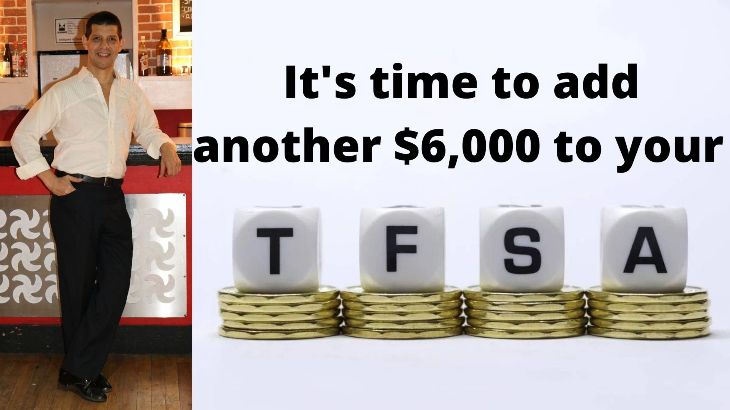The moment is now. It’s time to add another $6,000 to your Tax-Free Savings Account (TFSA).
This is the biggest gift the Canadian government can give to its taxpayers, the ability to save money, 100% tax-free.
The limit for this year, 2022, is $6,000.
I made the transfer right away. I will be buying some more stocks with that money. I will be adding to my U.S. holdings. I have plenty of Canadian holdings already.
Every calendar year, the CRA sets a new Tax Free Savings Account (TFSA) limit, indicating the maximum amount a person can contribute over the next 12 months.
The $6,000 contribution room for 2022 means the lifetime contribution limit is now $81,500. TFSA contribution room does not disappear if you fail to contribute in any given year; it instead rolls over into the next year. Thus, those contributing to their TFSA for the first time in 2022 are eligible to deposit $81,500 in total, provided they have been over the age of 18 since the TFSA was first introduced in 2009.
What should you put in your TFSA?
I’ll tell you one thing I wouldn’t hold in my TFSA: cash. Cash earns next to no interest these days, so stuffing it into a TFSA defeats the account’s purpose, which is to avoid taxes on investment income. In general, you’re better off using your TFSA room for stocks, exchange-traded funds, mutual funds, or fixed-income securities with higher yields so you can eliminate tax on the interest, dividends, and capital gains.
Tax Bracket Changes for 2022
The Canada Revenue Agency has also released the federal tax bracket thresholds for 2022. The new tax brackets are:
- 33% for taxable income over $221,708
- 29.38% for taxable income over $155,625
- 26% for taxable income over $100,392
- 20.5% for taxable income over $50,197
- 15% for taxable income below $50,197
The basic personal amount for taxpayers in 2022 with a net income of $155,625 or less is $14,398. For income above this threshold, an additional amount of $1,679 is reduced until it becomes zero for net income above $221,708.
